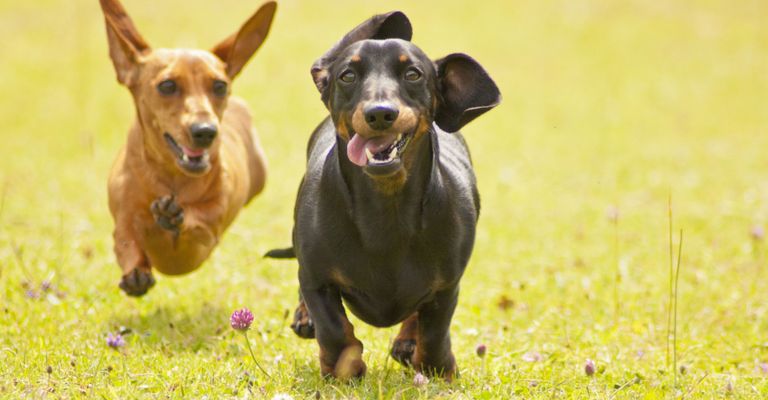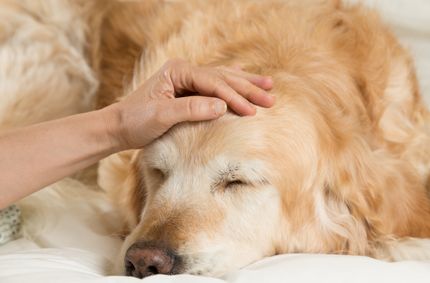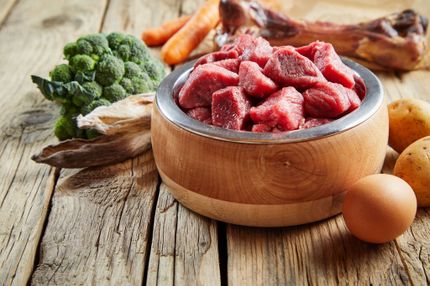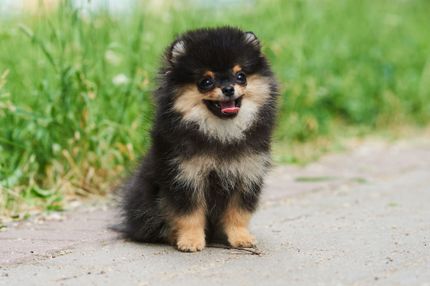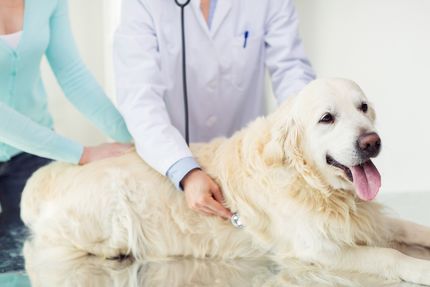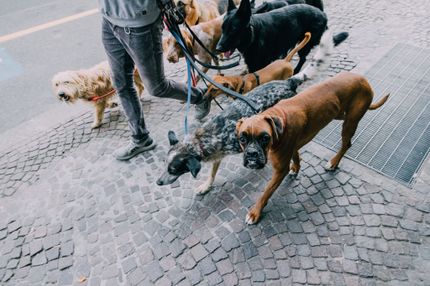Hip joint and elbow joint dysplasia
Hip joint dysplasia, HD for short, and elbow joint dysplasia, ED for short, are among the most common canine diseases, along with allergies, ear infections, flea, tick or worm infestations, and diabetes mellitus.
Incidence and cause of hip dysplasia
Hip joint dysplasia can affect all breeds of dog, but the disease mainly occurs in large breeds. The German shepherd dog is particularly often affected. Hip joint dysplasia is a degenerative malposition of the hip joints in dogs. In this disease, the two joint-forming bones, the socket and the femoral head do not fit together properly. The head of the femur does not lie deep enough in the acetabulum and is therefore not properly supported. With every movement of the dog, the loose joint rubs against each other, resulting in progressive severe joint wear and eventually arthrosis. Hip joint dysplasia is mostly hereditary. The disease is not curable. However, the development or progression of the disease can be significantly delayed by proper nutrition and posture. In particular, incorrect movement patterns, for example running down stairs, jumping on hard surfaces and similar movements, compress the joints and cause greater and faster wear and tear of the hip joint.
Diagnosis and treatment of hip joint dysplasia
To diagnose and grade the severity of the condition, the so-called Norberg angle is usually measured, which is the angle between the center of the femoral head and the anterior edge of the socket. The best method for an accurate diagnosis of the disease is an X-ray examination. The exam is done under anesthesia because to accurately determine the progression of the disease, the dog's joints must be stretched, which causes the dog pain. There are five degrees of HD severity:
-
Norberg angle 105° or greater, inconspicuous joints: no hip dysplasia.
-
Norberg angle less than 105°, even femoral head and socket: almost no hip dysplasia.
-
Norberg angle 100° or smaller, uneven femoral head and acetabulum: mild hip dysplasia
-
Norberg angle greater than 90°, clearly uneven femoral head and acetabulum with arthritic changes of the acetabular rim: moderate hip joint dysplasia
-
Norberg angle below 90°, distinct flattening of the acetabular rim with various arthrotic changes: severe hip joint dysplasia
Since the disease is still incurable, only the symptoms can be delayed or alleviated. Pain therapies by administering anti-inflammatory and analgesic drugs (anti-inflammatory drugs) or surgical interventions, e.g. the PIN operation, are possible. This involves cutting or removing the pectineus muscle and cutting around the edge of the joint capsule, which cuts off the nerve fibres that conduct pain. The PIN operation is a particularly effective pain therapy whose effect lasts for several years.
Incidence and cause of elbow dysplasia
Elbow dysplasia affects both fast-growing and large dog breeds. The disease is particularly common in the breeds Chow Chow, Newfoundland, Bernese Mountain Dog, Large Swiss Mountain Dog, Rottweiler, Labrador Retriever, German Shepherd and Dogue de Bordeaux. The incurable disease is hereditary and leads to a painful change of the elbow joint and the joint-forming bone parts (osteoarthrosis) in the dog. Feeding errors and high body weight favour the clinical picture.
Diagnosis and treatment of elbow dysplasia
The dreaded hereditary disease is noticeable by lameness in the area of the forelimbs. Furthermore by stiffness in the morning or after resting. An important therapeutic measure is the early surgical removal of the skeletal (FCP and IPA) or cartilage parts (OCD) that have become loose due to the disease, as these permanently irritate the joint capsule and cause the dog considerable pain. If the joint is already incongruent, the ulna must also be cut (osteotomy). However, all of this cannot cure the disease, but only delay its progression. Pain and anti-inflammatory measures can also support the therapy. Non-steroidal anti-inflammatory drugs can be used here. Further helpful measures can be, a weight reduction with overweight dogs, but above all an as far as possible protection of the ill dog. This is quite suitable as a companion dog, but not as a working dog.
